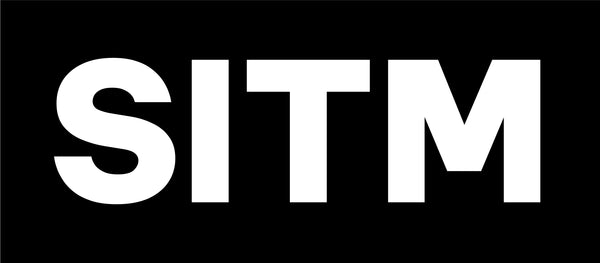SITM — skulls in the machine
SKULLS IN THE MACHINE is an exploration of how AI sees, distorts, and misinterprets artistic legacy. Using structured prompts and generative AI, this project reimagines 400 skulls in the styles of history’s most influential artists.
Some interpretations feel eerily precise; others collapse into failure—revealing the friction between machine logic and human intuition.Mistakes are not errors but artifacts of an AI struggling to understand art.
This recursive process—where AI generates, analyzes, and refines—exposes the invisible mechanics of style, bias, and interpretation. What emerges is not a reproduction, but an entirely new digital aesthetic.
FAQ
-
Why skulls?
The skull is not only a symbol of mortality—it is the shell of our intelligence, the physical boundary of where thought,
memory, and creativity once resided. It represents what remains when the
mind is gone.By using artificial intelligence—an entity without a brain—to replicate the vessel of human thought, Skulls
in the Machine creates an artistic paradox: an intelligence that has
never lived, reconstructing the image of something that once did. In this loop of creation, we confront the eerie and poetic reality of AI interpreting not just art, but the very thing that once made art
possible.In addition: Skulls are simply f*n awesome -
Is this legal?
Yes. All artists referenced in this project are in the public domain, meaning their works are free for reinterpretation and
creative exploration. Rather than copying existing artworks, SKULLS IN THE MACHINE uses AI to reconstruct artistic styles, generating entirely new pieces
based on machine-learned interpretations. The project functions as a study of artistic process and AI’s perception, making it both legally and conceptually distinct from any original works. As AI-generated art continues to evolve, this project remains committed to artistic integrity, transparency, and the open-source spirit of historical art movements. -
Is AI actually creating art, or just copying?
AI doesn’t "create" in the human sense—it recombines learned patterns. But through misinterpretations and distortions, Skulls
in the Machine reveals something unique: a machine’s struggle to understand artistic intent.
-
Is this project critical of AI’s role in art?
It’s neither a critique nor an endorsement, but an exploration. It asks: What does art become when filtered through a
machine’s perception? -
How were the skulls generated?
Using OpenAI’s DALL·E 3, guided by two distinct methods: one relying on
AI’s interpretation of styles, and another constrained by detailed
textual descriptions of artistic techniques. -
Who's behind this?
A SWISS Designer, art and ai enthusiast. spending years at the bridge between design and technology. calls himself human@inthemachine.
